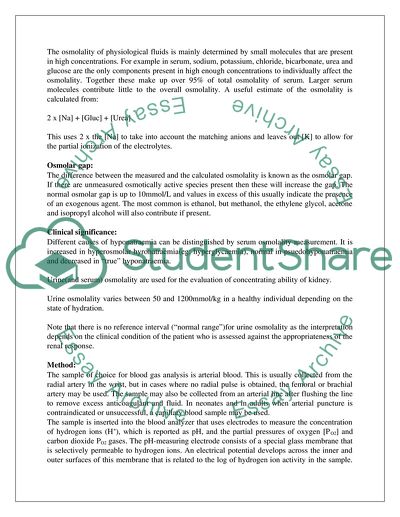Cite this document
(“SESSION 2 BLOOD GAS ANALYSIS AND OSMOMETRY Lab Report”, n.d.)
Retrieved from https://studentshare.org/miscellaneous/1552774-session-2-blood-gas-analysis-and-osmometry
Retrieved from https://studentshare.org/miscellaneous/1552774-session-2-blood-gas-analysis-and-osmometry
(SESSION 2 BLOOD GAS ANALYSIS AND OSMOMETRY Lab Report)
https://studentshare.org/miscellaneous/1552774-session-2-blood-gas-analysis-and-osmometry.
https://studentshare.org/miscellaneous/1552774-session-2-blood-gas-analysis-and-osmometry.
“SESSION 2 BLOOD GAS ANALYSIS AND OSMOMETRY Lab Report”, n.d. https://studentshare.org/miscellaneous/1552774-session-2-blood-gas-analysis-and-osmometry.


